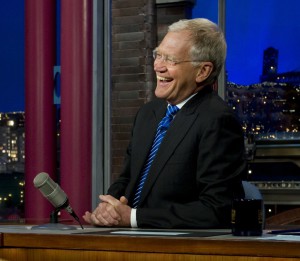
By Carolyn Rammel
In the for-profit world, much of an organization’s success is tied to producing a solid return on the investments of its shareholders and continuously increasing shareholder and enterprise value. For most non-profit organizations, this concept of return on investment (ROI), or shareholder/enterprise value, gets ignored. While it is true non-profit organizations do not have traditional “shareholders,” they do have investors. And these investors are looking to understand the impact (return) their investments are making.
But before an organization can report on an investor or funder’s return, it must first determine for itself the impact its mission and work is looking to create. Until this is clearly articulated, an organization cannot measure and monitor its success and ROI. So, how can non-profits incorporate this performance and measurement based mindset? For most it will start with a strategic planning initiative.
During the strategic planning process, the mission is affirmed and adjusted and the impact of that mission is clearly defined. Determining how the organization will assess its performance against those impact goals comes next. And it is this assessment practice, as defined by the non-profit, (not its funders), that establishes a true culture of performing to outcomes and knowing if one is on or off track in achieving the mission.
Not all non-profits find it easy to shift from a purely mission-aligned strategy to one based on impact and outcomes. What is the actual financial impact of putting someone in a home of his or her own? It’s incalculable. Yet, even when impact is difficult to measure in a quantifiable way, the idea of managing to an outcome or managing to a specific action in and of itself, still counts.
Having an external consultant facilitate this process is very helpful because initially, managing to outcomes is scary. The right consulting partner preserves an atmosphere of safety and trust while simultaneously revealing exciting possibilities. As seasoned strategic planning partners we help non-profits think deeply about their mission. We help design a pathway for achieving that mission, and set up management approaches to support the collection of data to channel into quantitative claims that not only satisfy funders, but ensure organizations have a clear method for understanding whether they are achieving their mission.
Once an organization reaches the end of this process, its leaders have immense confidence and clarity. They develop a culture of alignment because everyone knows what they are doing, why they are doing it, and just how well they are doing it. And it is in this moment of clarity and alignment that outcomes and ROI become benchmarks of success rather than merely data points.
About the author: Carolyn Rammel is a seasoned executive and consultant with 30 years of experience in the financial services, travel management, non-profit and consulting services industries. She has held leadership roles in marketing and product management, executed numerous international joint venture initiatives, and served as executive director of a Philadelphia based non-profit organization. As a consultant she specializes in the areas of strategic planning, facilitation, governance and leadership alignment, while teaching an executive global leadership program in locations around the world.




